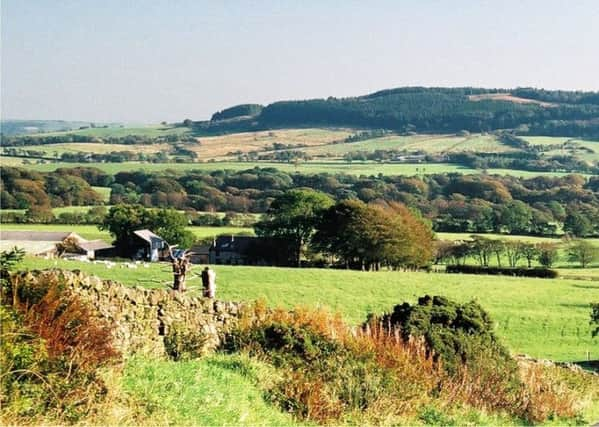Why do market town houses in Lancashire cost almost 50% more?


That’s according to Fiona Podmore, branch manager at Longridge’s Entwistle Green, as she commented on figures released by Lloyds Bank, which compared house prices in 113 market towns across the country with those in wider counties.
Longridge, Garstang and Carnforth were some of the Lancashire towns looked at and Fiona believes there are several factors which contribute to the inflated figures.
Advertisement
Hide AdAdvertisement
Hide AdShe said: “It’s a lifestyle that you’re paying for. These places often have better schools, a low amount of rental properties and low crime rates. In terms of Ribble Valley you’re also getting spectacular views on your door step. The location and the community are big factors.”
Carnforth came seventh and Longridge tenth in a list of market towns with the highest premium to county house prices according to Lloyds Bank.
An average county house in Lancashire costs £148,475 compared to Longridge, £223,802, and Carnforth, £238,184.
The biggest different in price was in Beaconsfield, Buckinghamshire, where the average house price is £997,222 compared to a county house, £345,043.
Advertisement
Hide AdAdvertisement
Hide AdThe study also shows on average, house prices in market towns, with easy access to amenities, have increased by £460 every month over the last decade.
A £55,179 or 28% increase in the typical price of a property in an English market town since 2005 means a buyer will pay around £250,686 for a home.
Andy Mason, mortgages director at Lloyds Bank, said: “Market towns are attractive for those wanting idyllic surroundings without sacrificing many important amenities.”